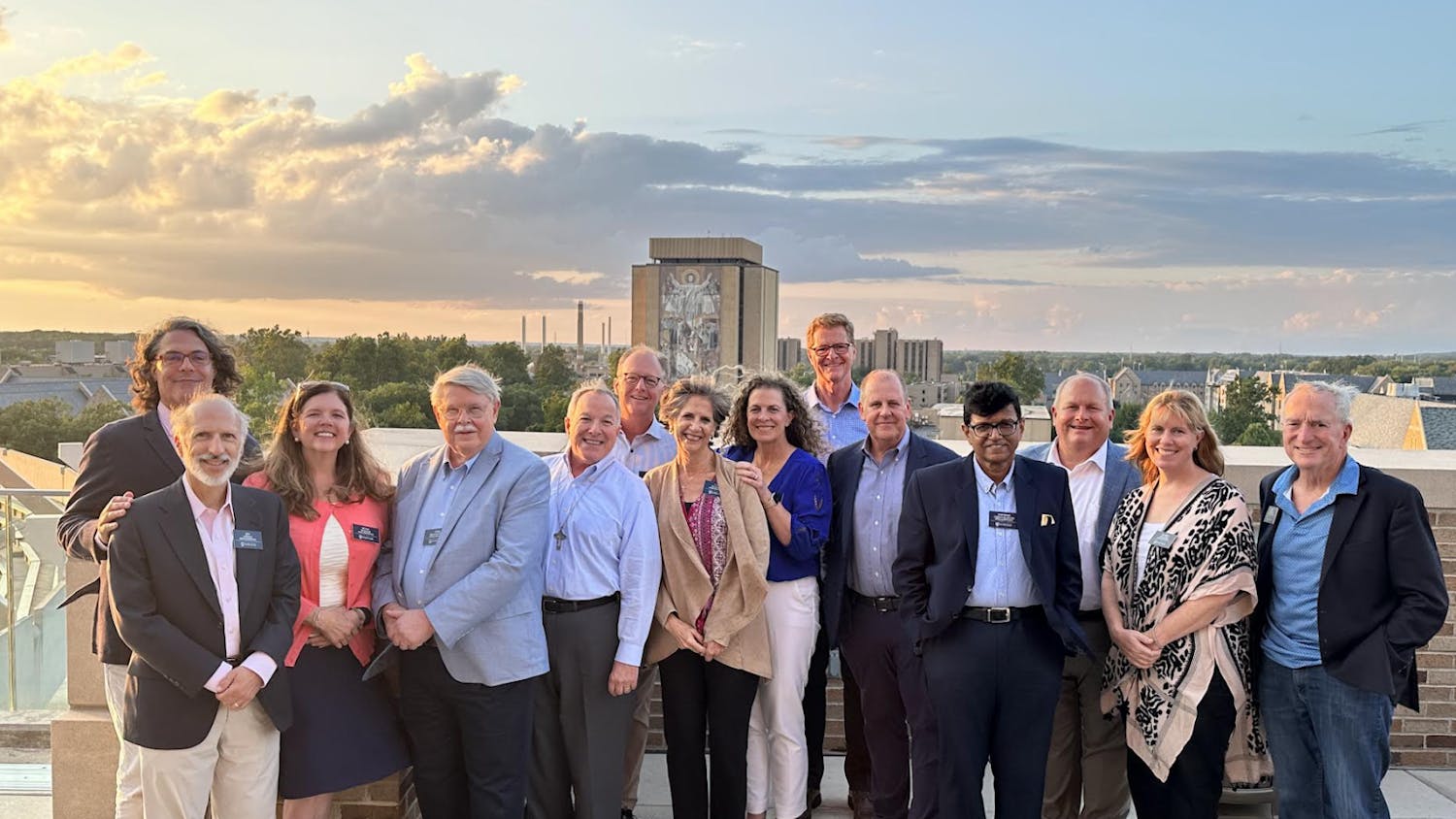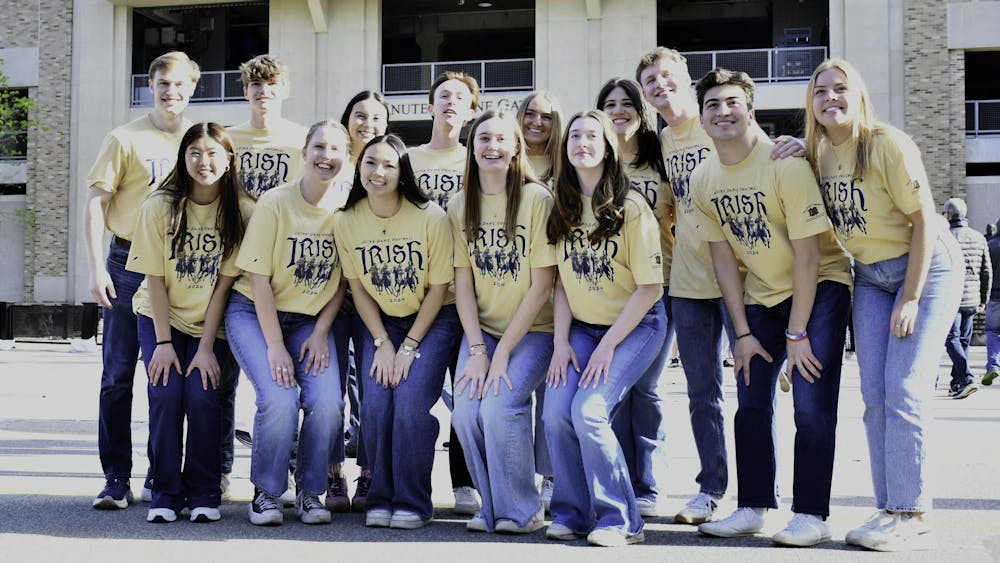After Indiana leaders proposed right-to-work legislation for the state in December, Notre Dame faculty added their voices to the debate that has raged since the beginning of the year.

While state legislators dismissed the bill, delaying a decision until the next legislative session, protest continues throughout the state. Many Indiana residents have headed to Indianapolis to join protests, such as a demonstration on March 10, against right-to-work legislation.
In January, the Indiana Chamber of Commerce issued a report touting the benefits of right-to-work laws. Notre Dame Professor Marty Wolfson and his colleagues challenged the Chamber's report with a response March 3.
A right-to-work policy legislates that employees are not required to join a union or pay fair share agreements for unions. With fewer members, a union operates with less power, and workers wages decrease, Wolfson said.

The Chamber argued right-to-work legislation could attract employers and companies to an area where unions are less influential. The Chamber claimed workers would benefit from greater demand for labor.
Wolfson said his largest critique of right-to-work legislation is its disservice to workers themselves. He called the bill "contradictory" to its promises.
Right-to-work policies claim to help workers but actually decrease wages, and the Chamber provided no clear evidence that the legislation will lead to increased wages, he said.
The Higgins Labor Studies Program at Notre Dame released a report on the issue.
"The idea that residents of Indiana would be better off if workers in Indiana received lower wages is seemingly so contradictory that it is surprising that it is even taken seriously," the Higgins report stated.
State leaders should instead aim to increase wages in a different way, the report stated.
Catholic Social Teaching on labor and workers' rights also draws Notre Dame into the debate about the right-to-work bill, Wolfson said.
"These proposals undermine living standards and public education, and our community needs to know about it," he said.
Wolfson said large tax cuts to the wealthy and promises of trickle-down benefits to the poor have not succeeded in the past, and right-to-work legislation is unlikely to see another result.
"Experiences of the past 30 years contradicts this [argument]," Wolfson said.
Wolfson wrote the Higgins Report in March with the help of Dan Graff, associate director of the Higgins Program, and English Professor Valerie Sayers. The report specifically criticizes the Chamber's data analysis.
The data in the Chamber's report only analyzed figures from 1977 and 2008, Wolfson said. The report also combined the information from all 22 states with right-to-work policies into one statistic, used an average national income and focused solely on differences in income growth rates between states with and without the legislation. Instead, Wolfson said, the report should have compared individual state's growth rates before and after the legislation was passed.
In response, Wolfson and his contributors compiled their own data from each successive year from the beginning of right-to-work legislation in1947 through 2009.
"If you take the Right to Work states as a whole, but look at the average rate of growth, you'll see that after the states became Right to Work states, growth was 3.9 percent compared to 4.2 percent before the state became a Right to Work state," Wolfson said. "Growth declined."
Wolfson said the Chamber's data is not incorrect, only slanted.
"The numbers aren't wrong, but [the Chamber] use[s] data selectively … The result is slanted for the result they want," Wolfson said. "We want to balance it."












